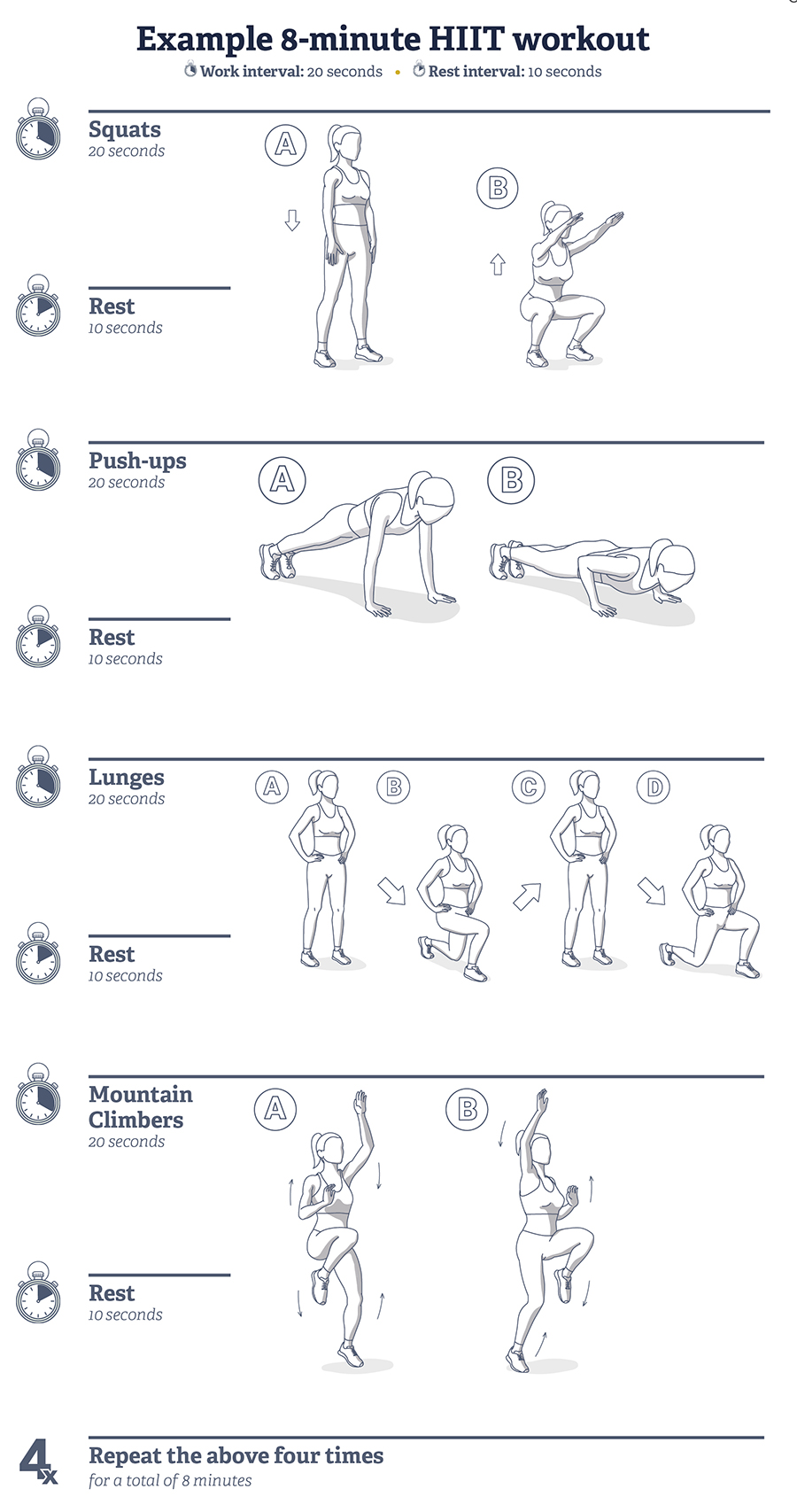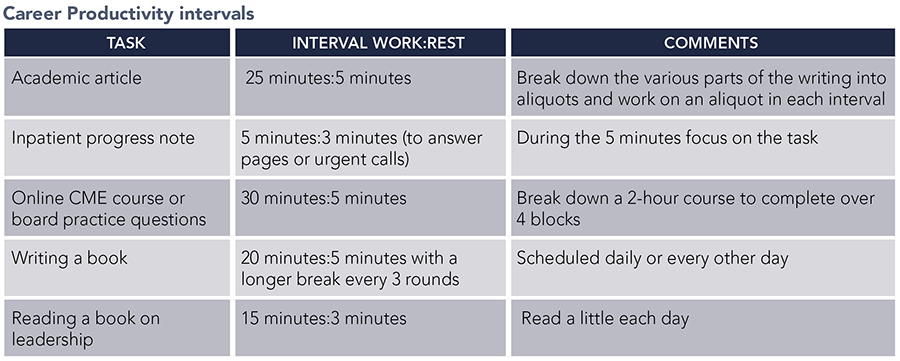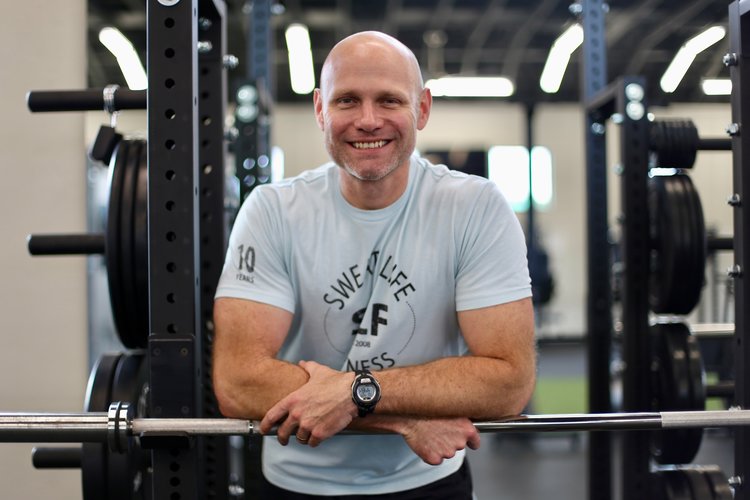HIIT your goals!
Everyone manages never-ending career and personal demands, and hospitalists are no different. We’re treating and caring for patients and dealing with urgent issues that need our focused attention. We’re juggling multiple inboxes—email, patient messages, staff messages, and communications. On top of all that, many of us have further career goals, whether it’s stepping into leadership roles, pursuing academic scholarly publication, or even writing a book. Most people are also juggling family needs, raising children, running households, and having a social life. And then of course there’s self-care (sleep, health, nutrition, exercise), which the pandemic taught us is more important than ever. There are only 24 hours in a day, so how do we make time for all that?
Where, oh where is the time?
If we invest time in things that will help us meet long-term personal and professional goals, the payoffs can be significant in terms of progression and satisfaction. The problem is that long-term goals typically get put on the back burner, and we respond to the urgent tasks first. How can we make time to move the tasks forward that will help us reach those long-term personal and professional goals while still fulfilling the everyday demands? Fortunately, hospitalists are typically very good at working intensely on what is in front of them.
Make time for HIIT
 High-Intensity Interval Training (HIIT), as the name suggests, is a training modality that involves short periods or intervals of intense work followed by intervals of rest/recovery (see sidebar for an example of a typical HIIT workout).
High-Intensity Interval Training (HIIT), as the name suggests, is a training modality that involves short periods or intervals of intense work followed by intervals of rest/recovery (see sidebar for an example of a typical HIIT workout).
HIIT has become very popular in exercise and training environments because it allows you to accomplish a lot of work in a short amount of time. Shorter time frames make tasks seem more manageable and less overwhelming. It’s much easier to schedule 20-minute intervals in your day than to block off three straight hours. And, once you get going and create positive momentum, your progress builds and compounds, and your results are amazing!
The most important aspect of HIIT is the intensity—that’s what makes it effective. To get the most out of a HIIT session, you must be dialed in and focused on your goal and not allow distractions to sidetrack you. Intensity is relative to the individual—an advanced athlete’s intervals are going to look a lot different than a beginner’s intervals, but that’s the beauty of HIIT. You can customize the intervals to your own ability level, skill set, and schedule or goal/task. It’s important to remember when developing a HIIT workout or applying HIIT principles to other tasks in your life that your intervals are realistic and sustainable; otherwise, you won’t stick to them.
Intervals of focus
Hospitalists naturally thrive in an intense work period followed by a rest period. This same rhythm can be used to achieve productivity, as Francesco Cirillo showed when he developed the Pomodoro Technique in the 1980s.1 Pomodoro is the Italian word for tomato, and Cirillo named his time-management technique after a tomato-shaped kitchen timer he used as a student. He described intervals of focused work time for 25 minutes followed by five minutes of dedicated rest. During the 25-minute work interval, the focus must be on the task and nothing else. That means no checking email, scrolling social media, or responding to calls. During the structured rest time, it’s encouraged to do something refreshing like walking around, deep breathing, or anything else. Then it’s back to 25 minutes of work. The advantage of the Pomodoro Technique is that it allows for focused work time in small aliquots, which helps you make progress and overcome procrastination. You can achieve more in 25 minutes of intense, focused work than in one hour of interrupted work.
Using principles of interval training can seem overwhelming initially. Without a strict deadline, it’s easy to procrastinate or get sidetracked by something seemingly more urgent that hijacks your attention. We’re all busy and have short attention spans. We think we must wait until all conditions are perfect to start a project. When will the day come when we have hours blocked, we have the perfect quiet environment, we have all our ideas assembled, we are caught up on everything, and we can complete our project? The problem is that for most people, this day never comes, and the task is never started, much less finished. How many of us have a task on which we’ve been procrastinating? How many of us have a task that we’ve procrastinated on for over a year because we never find that “perfect day” to complete it? Principles of interval training can help us here.
Ready, fire, aim. For exercise, as for most things in life, getting started is the key. Rarely is there a perfect time when all the stars align and a message is sent from the heavens indicating that now is the ideal time. You simply must make up your mind and take the first step. Even if everything isn’t perfect. Even if you aren’t ready. Even if it’s uncomfortable. Throughout my 20 years as a strength and conditioning coach, I’ve had the pleasure of working with thousands of clients—professional athletes, doctors, teachers, kids, and everyone in between—and I’ve noticed two factors that determine success more than any others: making the commitment to get started and then remaining consistent. It’s that simple.
By employing short, small, achievable intervals, the principles of HIIT make getting started easier and consistency more likely. You’ll see greater results from working out consistently for 30 minutes four days per week than you will from working out one day per week for two hours, and you’re more likely to stick with it.
The same can be said for using HIIT principles to overcome procrastination and increase productivity for professional goals. By focusing on a short, intense interval, we can block out a reasonable amount of time, like 20-30 minutes, to intensely move a task forward without having the fear and pressure to complete it. This can help overcome the inertia and unconscious procrastination that can come with tackling a big, important task. Many small intervals, done regularly and with focus, will lead to the completion of the task. It’s surprising how much can be achieved just by starting. Often, the 25 minutes of dedicated work will lead to another 25 minutes and then another. Just as a runner may struggle for the first 10 minutes of a run but then gets into a pace and feels good enough to keep going, just the act of starting to take forward action can help to overcome the mental inertia to take on a lofty goal.
How to pick the intervals
In exercise training, we consider a few things, namely: the task/goal of the individual, their ability level, and their schedule/outside demands. All these factors play a role in choosing the appropriate intervals. For example, an untrained and sedentary 50-year-old may begin with a work-to-rest ratio of 1:3, meaning their rest/recovery interval will be three times that of their work interval. Whereas a more advanced exerciser may have a work-to-rest ratio of 3:1, meaning their rest/recovery interval will only be one-third of their work time. Likewise, the activity plays a role in determining the intervals. Maximal strength-based movements require more rest time to allow for appropriate muscle recovery, and cardiovascular-based movements typically do not require as much recovery time. So, look at your task and determine what the best approach is, and, most importantly, choose intervals that are realistic and sustainable and will lead to long-term consistency. Be sure to reassess your goals and adjust your action plan regularly. Now get out there and attack your goals with purpose and passion!
For productivity, different types of tasks can require different types of work intervals. In our current environment of sound bites and multi-tasking, focused work takes practice to get into shape. For career productivity, after some practice with intervals, you’ll get a sense of which tasks require each type of interval.
Let’s take the example of documentation. We know there has been much observation about how much time is spent on documentation in the electronic medical record. Focused interval work can help tackle charting and help physicians finish this task at work rather than spending nights and weekends completing charts. For a follow-up inpatient progress note, setting a timer for five minutes of productive, focused time without distraction can lead to the note being completed with fewer interruptions. It’s also likely to be a much more accurate note. Most inputs, including calls, can wait five minutes. A complex note may take more than five minutes, and by setting intervals, a physician can add intervals if needed.

The payoffs from increased professional productivity and career development are significant.
As motivational speaker and author Brian Tracy says, “Rule: It is the quality of time at work that counts and the quantity of time at home that matters.”2 Certainly, we have all regularly put in additional hours when absolutely needed for patient care. However, when long, unproductive hours are the norm, this can lead to burnout and unhappiness. When we aren’t able to move forward with our strategic priorities, we can feel stuck and not move toward our purpose. What if instead, we saw that day by day, we were moving closer to our goals? Using intervals to move forward with strategic priorities can help us move toward our purpose. Using intervals to help us with our daily mundane tasks can free up time for our loved ones and hobbies.
Bonus tips for success
Removing decision fatigue is a key to helping overcome procrastination and anxiety over a task. This is why morning exercisers lay out their exercise clothes, water bottle, and shoes the night before. Similarly, before a productivity interval to take advantage of the work time, it’s helpful to have all your tools set up—laptop, phone, files, etc.—and keep a timer. It’s equally important to turn off as many inputs as possible, such as notifications and emails. The key is not to allow the preparation to take on a life of its own and to avoid delaying the task if the perfect preparation is not completed. Whether for physical fitness or career productivity, Nike’s slogan of “Just Do It” applies.
References
- Pomodoro® Technique – Time Management Method
- Tracy, Brian. Eat That Frog!: 21 Great Ways to Stop Procrastinating and Get More Done in Less Time. Berrett-Koehler Publishers, Inc., 2017

Dr. Radhakrishnan
Dr. Radhakrishnan is an associate professor and chief of hospital medicine at the University of Florida, Gainesville, Fla.

Mr. Griffin
Mr. Griffin is a certified strength and conditioning specialist and owner of Sweat Life Fitness in Gainesville.
Good
Great article! Thank you!